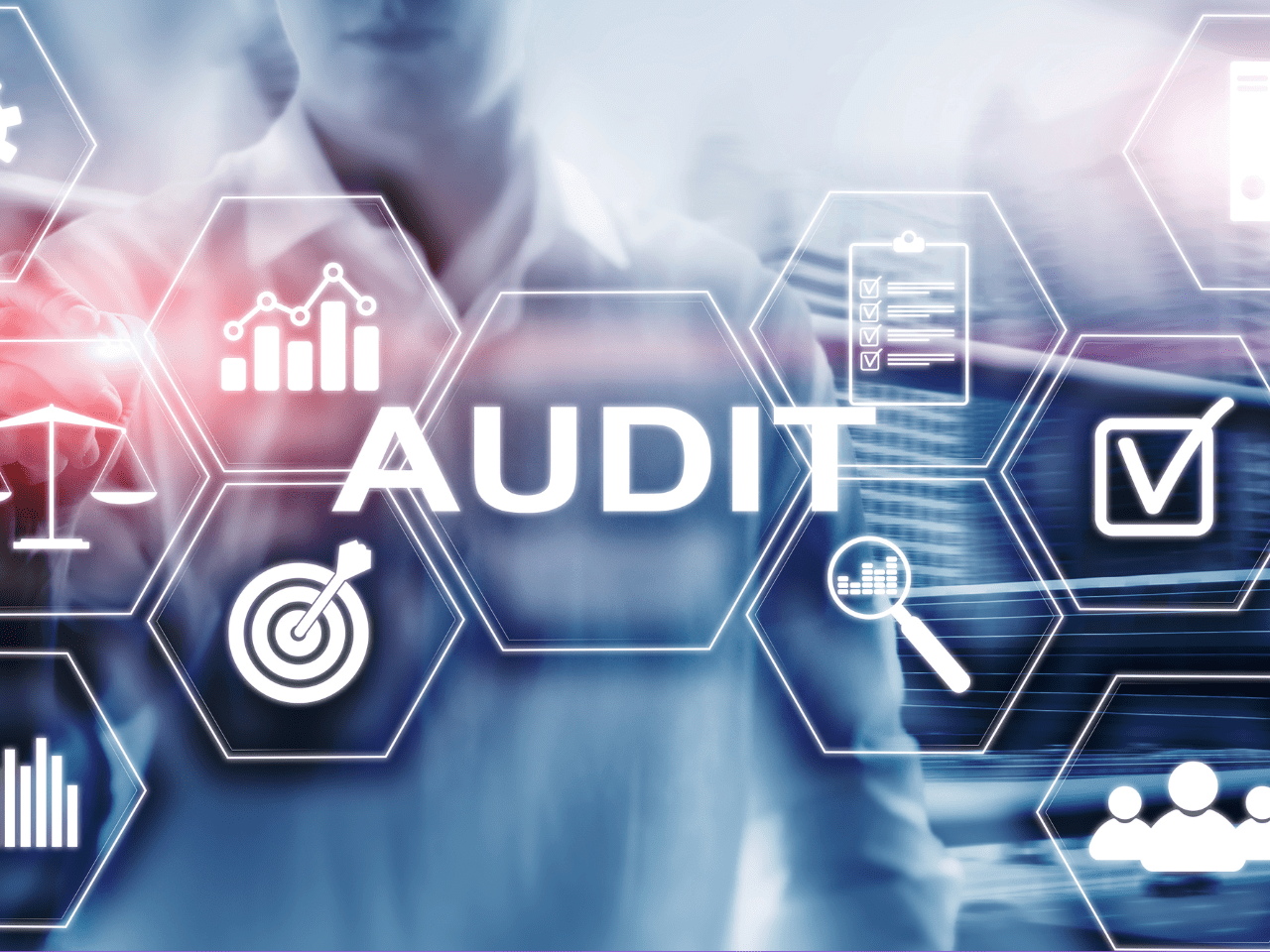Mining will be essential to the success of the energy transition. That may seem odd given the sector is known to be responsible for a large portion of heavy industry’s total carbon emissions – roughly 4.5Gt according to recent figures. But it’s true.
It’s not so much how mining is carried out that’s important, though that will have to change to achieve net zero, but rather what it offers. Most experts agree that a sustainable economy will rely on key metals, such as lithium, cobalt, nickel and manganese, to develop cleaner energy storage technology that can wean society off fossil fuels. The only place these elements are found is the earth’s crust.
Lithium – Critical for Battery Storage
Lithium is especially useful for the batteries fitted in electric vehicles (EVs). Road travel is an area where emissions cuts can be achieved almost immediately, especially when compared to other ‘hard to abate’ sectors like mining, though in recent years there has been growing scepticism around the true benefits of electrification. This is because stored power still comes directly from a grid that’s largely powered by coal and natural gas, despite the considerable uptake in renewables since 2010.
These concerns, however, have now been addressed through a joint study between the universities of Exeter, Nijmegen and Cambridge. The research concluded that for 95% of the world driving an EV is far better than a petrol engine, with the few exceptions being countries like Poland where the energy mix is still heavily dependent on coal.
It’s clear that batteries will be a critical part of any credible net zero strategy, be it fitted within an EV or as part of a larger energy storage array. But there are serious supply chain challenges on the horizon. Insights from our latest Supply Chain Resilience Index report, for example, forecast a huge shortfall for many important mined metals.
Lithium supply is forecast to increase to 636,000 tonnes of lithium carbonate equivalent in 2022, up from an estimated 497,000 tonnes last year, but demand will overshadow that number, reaching 641,000 tonnes from an estimated 504,000 tonnes. By 2030, it’s expected that excess demand for lithium will reach between half a million and 1.5 million metric tonnes a year.
Is There a Battery Bottleneck?
Without a huge expansion in production, this problem is destined to hang heavy over the feasibility and success of climate targets set in the 2015 Paris Agreement. Demand will continue to outstrip supply, creating bottlenecks for industries most in need of battery technology. EV and energy storage manufacturers will essentially compete for the same sources of lithium, stifling the much-needed roll-out of both.
At 55,000 tons, Australia accounted for the vast majority of lithium production in 2021. China and Chile also contributed significantly to global supplies, though it’s the latter that holds the keys to expanding output. Chile has around eight million tons in reserve, almost three times as much as China and Australia combined. The trouble is mines take some years to bring fully online, not to mention are hugely expensive and often tied up with opposition from local residents and NGOs.
Given Chile’s value to the success of the energy transition, it makes sense to keep a close eye on its regional politics. In March of this year, the country’s constituent assembly approved an early-stage proposal to nationalise its vast copper, gold and lithium reserves. Once through the assembly, the decision will then be put to a national referendum sometime in late 2022 as part of a redrafting of the country’s charter. The outcome of this vote will have a profound effect on how important metals are supplied and traded; businesses and stakeholders should be cognizant of the changes ahead. It will also have a significant influence on the energy transition as a whole.
This situation only serves to emphasise the importance of supply chain management – not least for those that depend on access to lithium. Volatility and competition in the raw materials market is set to continue, leaving many businesses in a potentially untenable position of high prices and insufficient access. Such shortages for key items are set to continue to impact downstream supply chains in 2022 and contribute to a supply chain resilience score of 44.9 – less than five points higher than the 40% ‘high-risk’ threshold. Expert consultancy will be central to mitigating this risk offsetting the worst of the disruption caused by such gaping discrepancies between supply and demand.
If your business is attempting to navigate the sustainable energy transition and how to manage this reliance on raw materials such as lithium, get in touch to talk with our team of experts.


